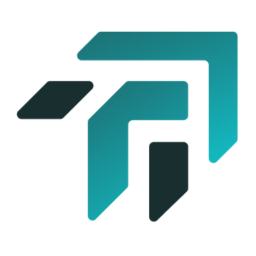In today’s digital landscape, scalability is king. As your web application grows in users and complexity, your tech stack needs to keep pace. But with a vast array of technologies available, choosing the right combination can be daunting. This blog explores some of the top contenders for building robust and scalable web applications.
Also Read: Picking the Best Cloud Service for Your Company
Understanding the Tech Stack
Before diving into specific options, let’s break down the concept of a tech stack. It refers to the collection of technologies used to build a web application. This typically includes:
- Frontend: The user interface (UI) that users interact with, built using HTML, CSS, and JavaScript frameworks like React or Angular.
- Backend: The server-side that handles data processing, logic, and communication with the database. This involves programming languages like Python, Java, or Node.js, and frameworks like Django or Express.js.
- Database: Where your application stores data. Popular choices include relational databases like MySQL and PostgreSQL, or NoSQL databases like MongoDB.
Scalability-Focused Tech Stacks
Now, let’s look at some popular tech stacks known for their scalability:
- MEAN Stack (MongoDB, Express.js, Angular, Node.js): This JavaScript-heavy stack offers a unified development experience. Node.js allows for real-time features, while MongoDB’s flexible schema is ideal for evolving data models. Angular provides a robust framework for building complex UIs.
- MERN Stack (MongoDB, Express.js, React, Node.js): Similar to MEAN, but using React for the frontend. React’s component-based architecture makes it easier to build and maintain large-scale UIs.
- LAMP Stack (Linux, Apache, MySQL, PHP): A classic and time-tested option, LAMP is known for its affordability and ease of use. PHP is a mature language with a large developer community. However, LAMP might not be the most performant choice for highly demanding applications.
- .NET Core (C#, ASP.NET MVC, SQL Server): This Microsoft offering provides excellent performance and scalability. C# is a powerful language, and ASP.NET MVC offers a clean separation of concerns for building web applications. However, the .NET ecosystem might have a steeper learning curve compared to JavaScript-based stacks.
Choosing the Right Stack
There’s no single “best” tech stack. The ideal choice depends on several factors:
- Project Requirements: Consider the complexity of your application, its real-time needs, and data storage requirements.
- Team Expertise: Choose a stack your development team is comfortable with to ensure efficient development and maintenance.
- Scalability Needs: Evaluate the projected growth of your application and choose a stack that can handle increasing traffic and data volume.
Beyond the Stack
Remember, the tech stack is just one piece of the puzzle. Additional considerations for building a scalable application include:
- Cloud Infrastructure: Utilize cloud platforms like AWS, Azure, or Google Cloud to easily scale resources as needed.
- Microservices Architecture: Break down your application into smaller, independent services for better scalability and maintainability.
- Containerization: Use containers like Docker to package your application for consistent and efficient deployment across environments.
By carefully considering your project needs and choosing a tech stack that prioritizes scalability, you can build a web application that thrives as your user base grows.





